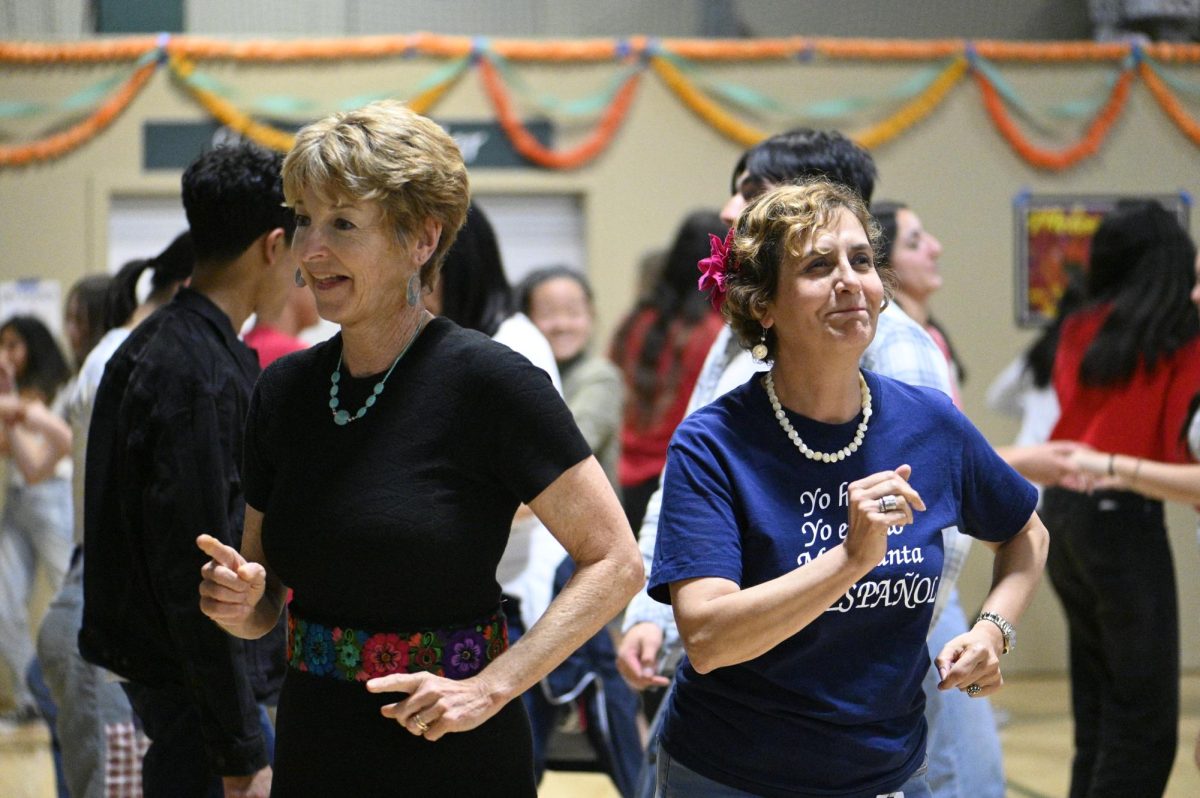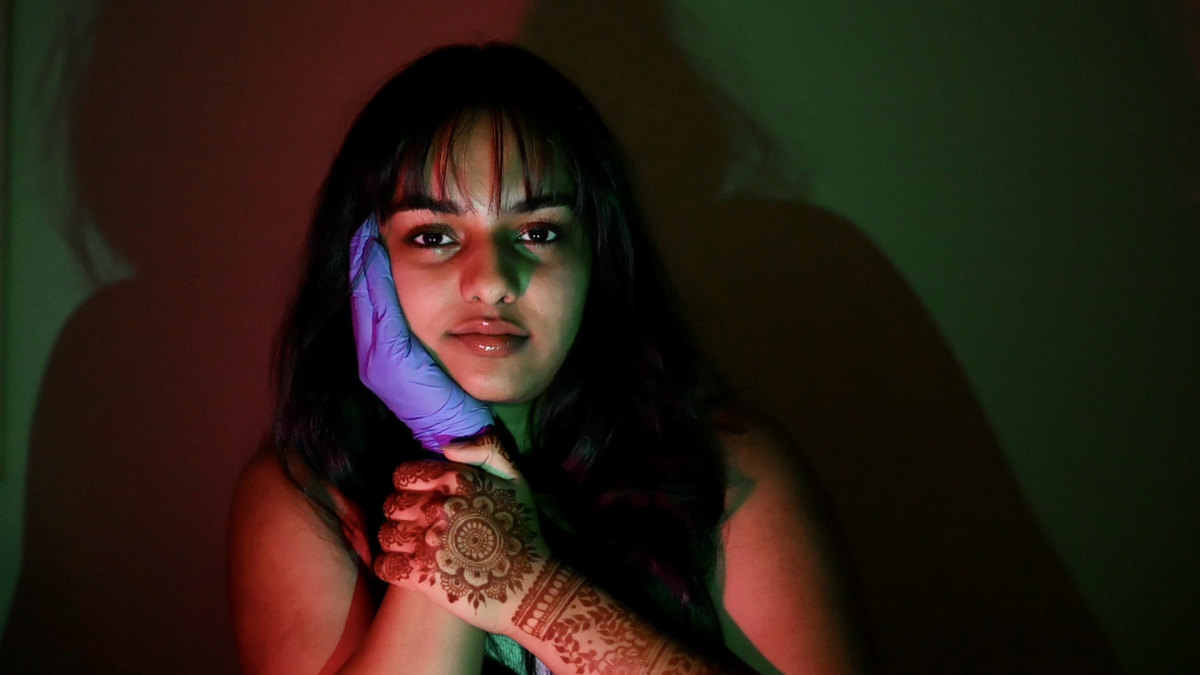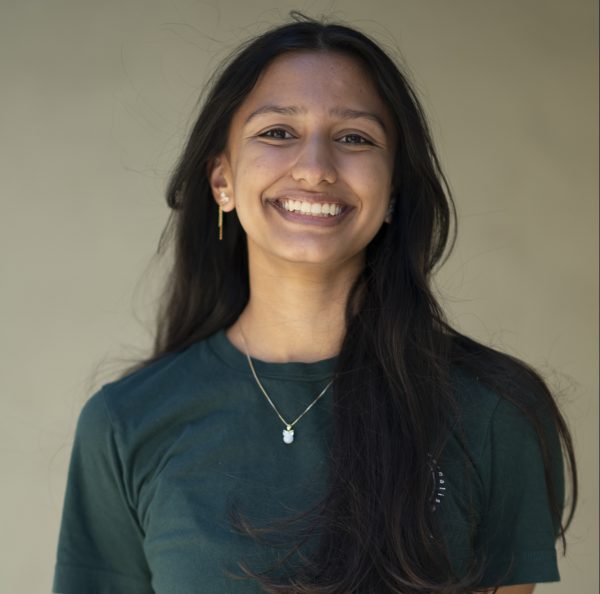What do cells, “lehengas” and Audrey Hepburn have in common?
Not many similarities appear at first glance, yet a union between each forms as Anika Mantripragada (12) twirls in her “lehenga,” a form of traditional Indian clothing, letting a “dupatta,” a black chiffon scarf, cascade from her shoulder to the ground. The sun casts a glow on the dress’s clustered embroidered gold accents, a pattern she designed to represent cell cultures and her love for medicine, and she pulls on black silk gloves, inspired by Audrey Hepburn’s looks from “Breakfast at Tiffany’s.” Through a single prom outfit, Anika fuses Indian and American culture and finds a harmony between art and science.
Anika’s multifaceted curiosity grew as she engaged with art as a child. From illustrating in pretend books with her friends to experimenting with new mediums and tools, she found vast opportunities for exploration in art.
“I got my parents to sign me up for some art classes, [and] weirdly enough, instead of starting off with drawing and then moving on to other mediums, I started off directly from oil painting,” Anika said. “Then I moved on to drawing, where I got exposure from figure drawing. I got to watch live models strike a pose for 30 minutes to an hour, and I’d sit there and draw them with charcoal and graphite pencil.”
As Anika ventured further into art, she discovered an opportunity to combine her creative talents with her interest in medicine through medical illustrations, an interconnection that fashioned through the Art and Anatomy summer program at Stanford. Art offered a human lens to study medicine through which Anika could learn the stories and backgrounds of patients beyond just their symptoms and diagnoses.
“I found my calling,” Anika said. “You learn about the human body through studying art, learn about all the professions that exist in medical humanities and learn about patients from a more emotional and nuanced perspective that you don’t get from just studying straight medicine.”
Through illustrating and analyzing anatomical diagrams, Anika gained a better understanding of the human body through her attention to detail. Hoping to share the importance and impact of medical illustrations with the broader community, she presented her newfound perspectives and knowledge in workshops for Medical Club and biology competitions.
“Anika’s super interested in helping other students discover their own interdisciplinary passions,” close friend Reshma Kosaraju (12) said. “We did a biology competition together, and Anika played a huge role in designing the graphics for the poster that we were putting together. I was super impressed with her when she was able to synthesize both her love for biology and her love for art by making these medical illustrations.”
Anika also found an outlet to express herself via cultural traditions. Despite not engaging much with Indian heritage as a child, she gained a more profound appreciation for cultural practices as she grew older.
“Every child of an immigrant goes through that phase where [they] are a little embarrassed by [their culture], but I’m so glad I grew out of that phase,” Anika said. “Regaining that interest in my culture [comes] in so many different ways, Bollywood dance being one of them. I always loved Bollywood music, so being able to learn how to dance to it [has] become such an outlet now.”
By working with “Mehndi,” a form of South Asian body art, Anika combines her artistic ability with traditional Indian patterns. From applying “Mehndi” for herself to pair with her Indian-inspired prom outfit to creating works of pottery inspired by “bindis,” a colored dot worn on the forehead, her cultural designs allow her to connect with her heritage and others in her community.
To further explore her cultural background, Anika often takes advantage of academic classes. In junior year, she pitched a research paper on the social hierarchies of Indians in the Bay Area, a topic which impressed upper school history teacher James Tate.
“Her topic was so unique, and I had never heard of it until I read her proposal,” Tate said. “I could see her passion and creativity in it. It was unique that she wrote on something that was not as well known but important to her.”
Throughout her medical and cultural research and day-to-day interactions, Anika strives for inclusivity. Whether she is organizing get-togethers with her friends or volunteering to provide healthcare to marginalized communities, Anika exhibits her thoughtfulness and care, making an effort to serve those around her.
“Anika is incredibly caring,” close friend Ritu Belani (12) said. “She’ll ask friends about how they’re doing [and] how stuff they’re working on is going. She’ll give advice to people, and she’s always willing to listen.”
Anika’s story, interwoven with threads of art, culture and human connection, ultimately stems from her curiosity. The key to her growth lies in sharing her knowledge and wisdom with others in her community.
“As soon as I learned about this amazing new field of medical humanities, I wanted to share it with other people through workshops and what other means I could,” Anika said. “Whatever I’m really interested in, whatever I learn, I immediately want to spread it to other people.”































![Setter Emma Lee (9) sets the ball to the middle during the match against Pinewood on Sept. 12. “[I’m looking forward to] getting more skilled, learning more about my position and also becoming better friends with all of my teammates, Emma said.](https://harkeraquila.com/wp-content/uploads/2023/09/DSC_4917-2-1200x795.jpg)








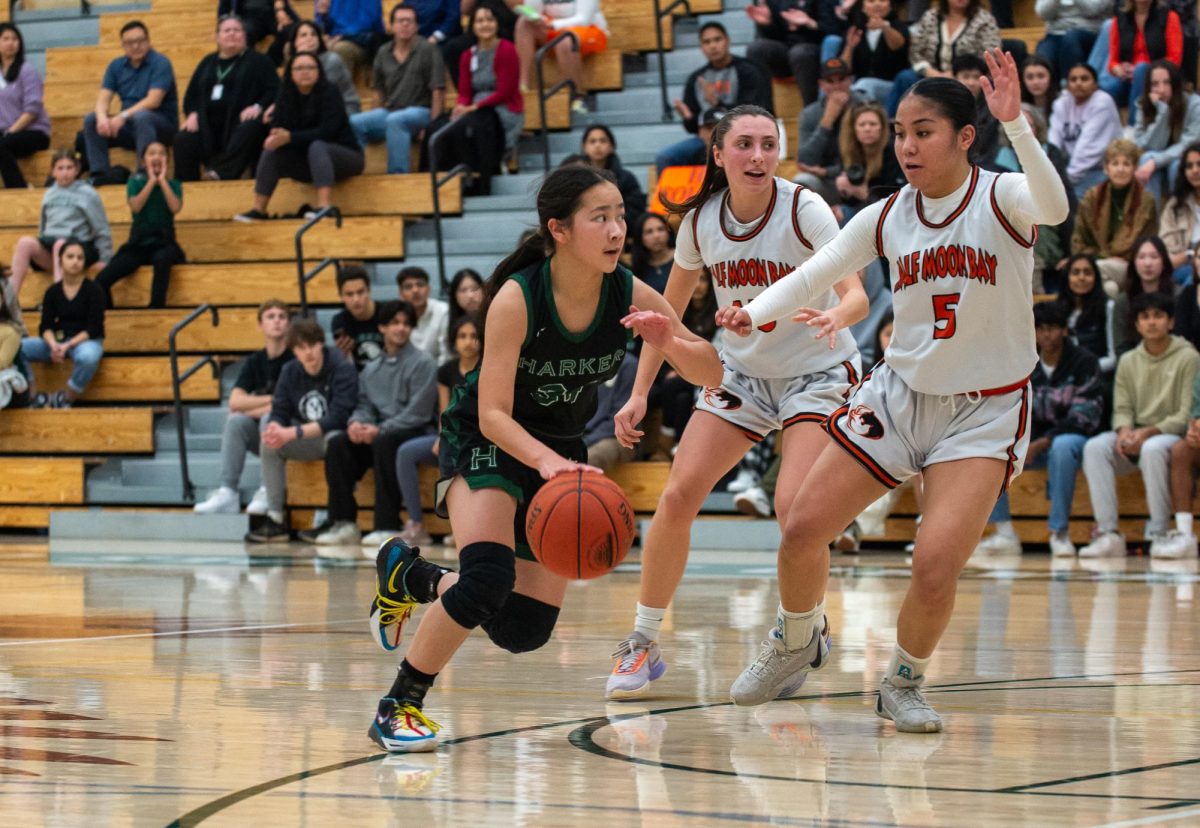























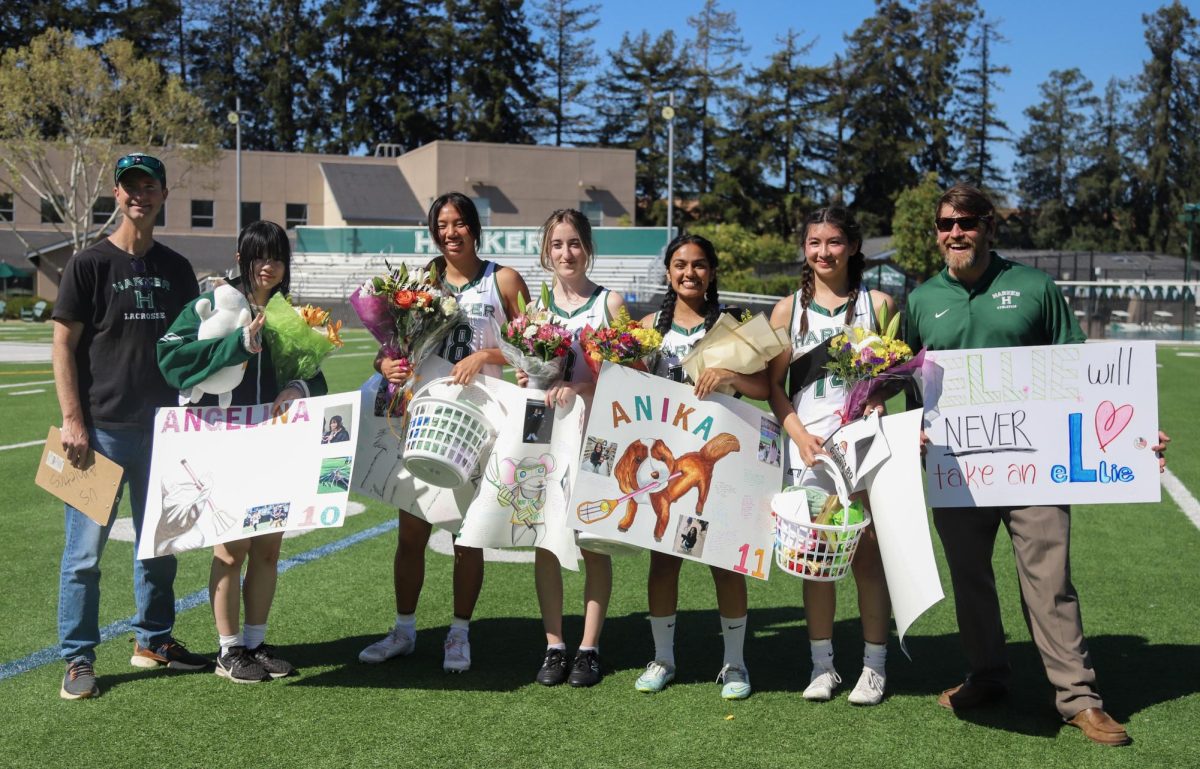
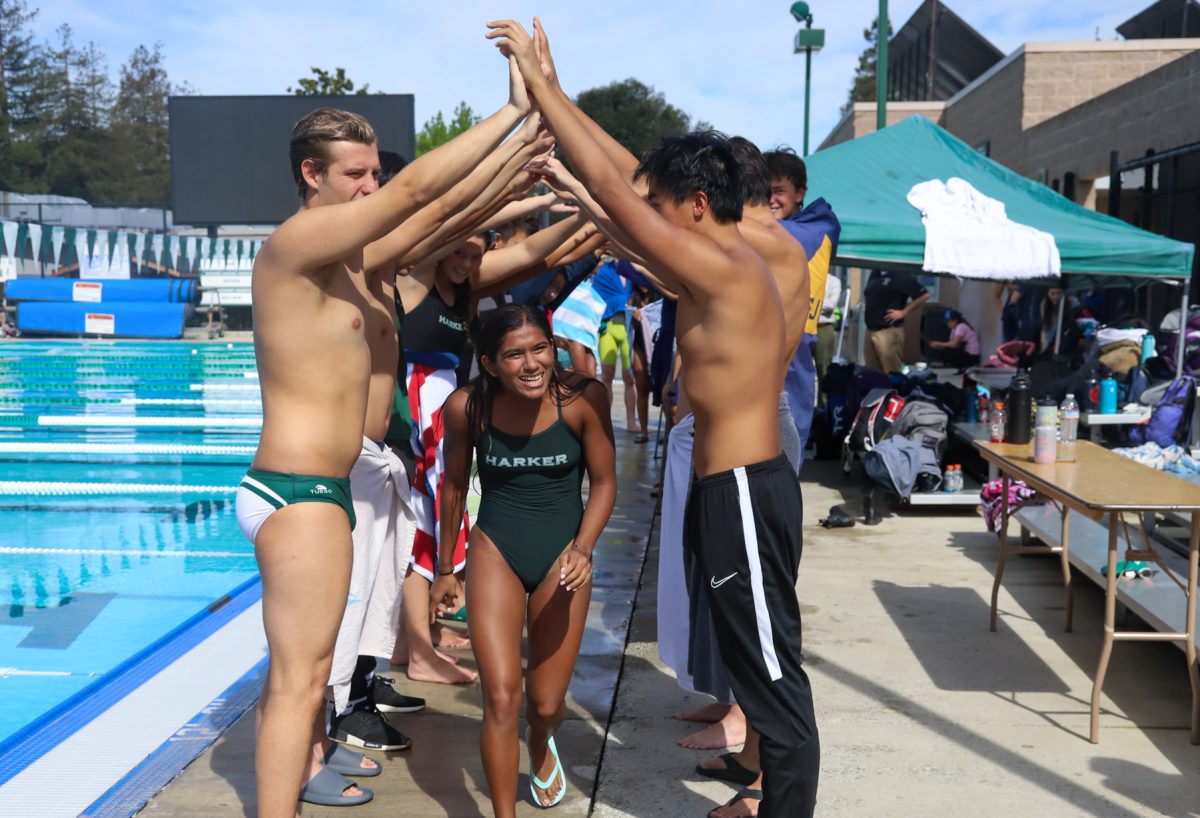
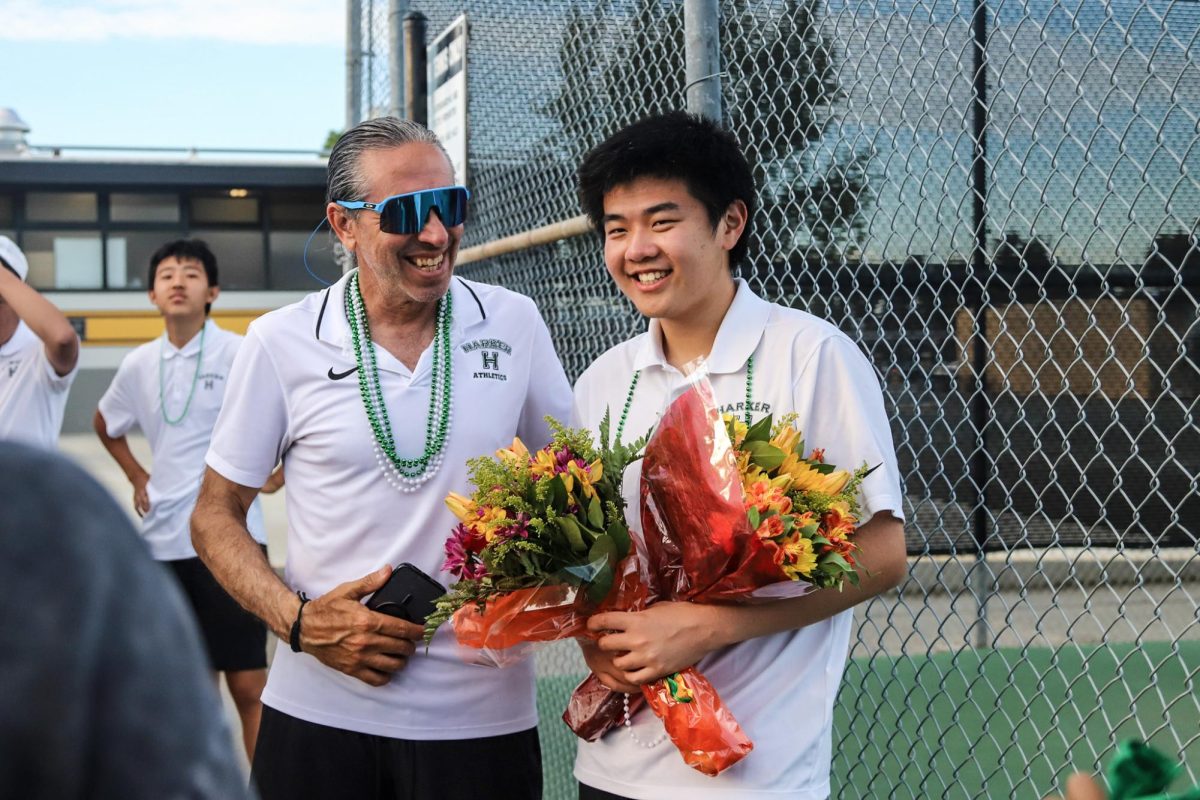
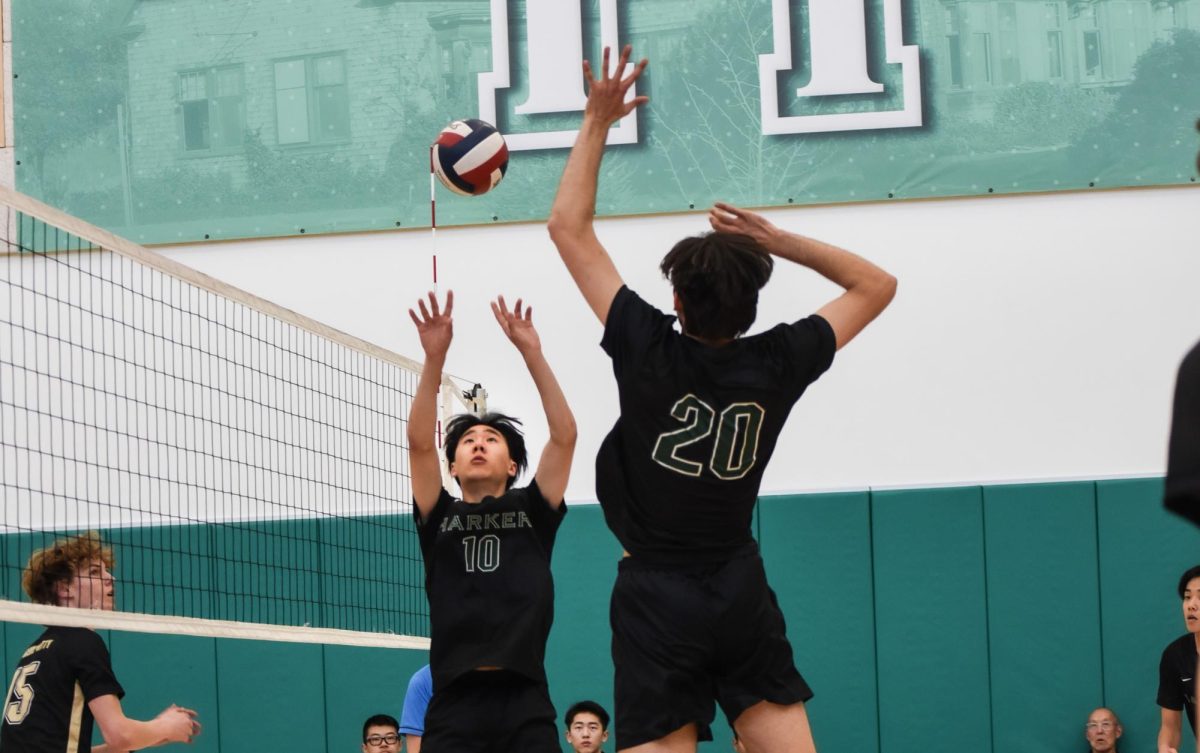
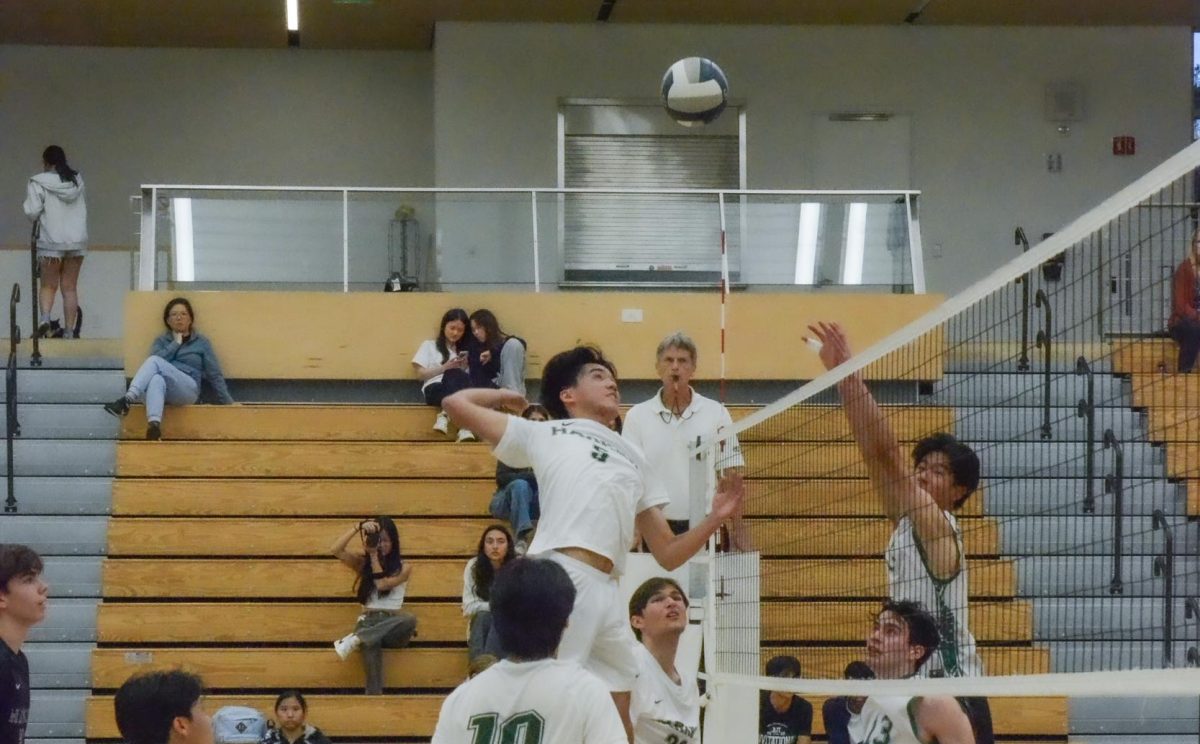





























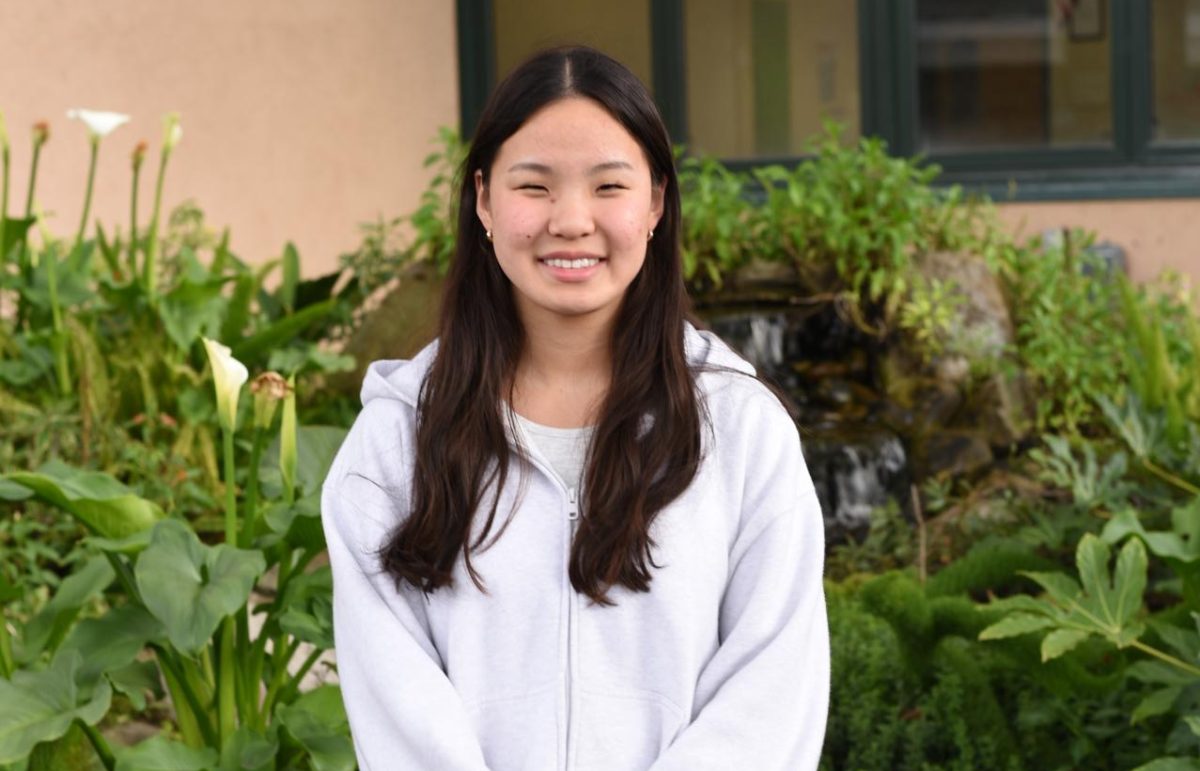
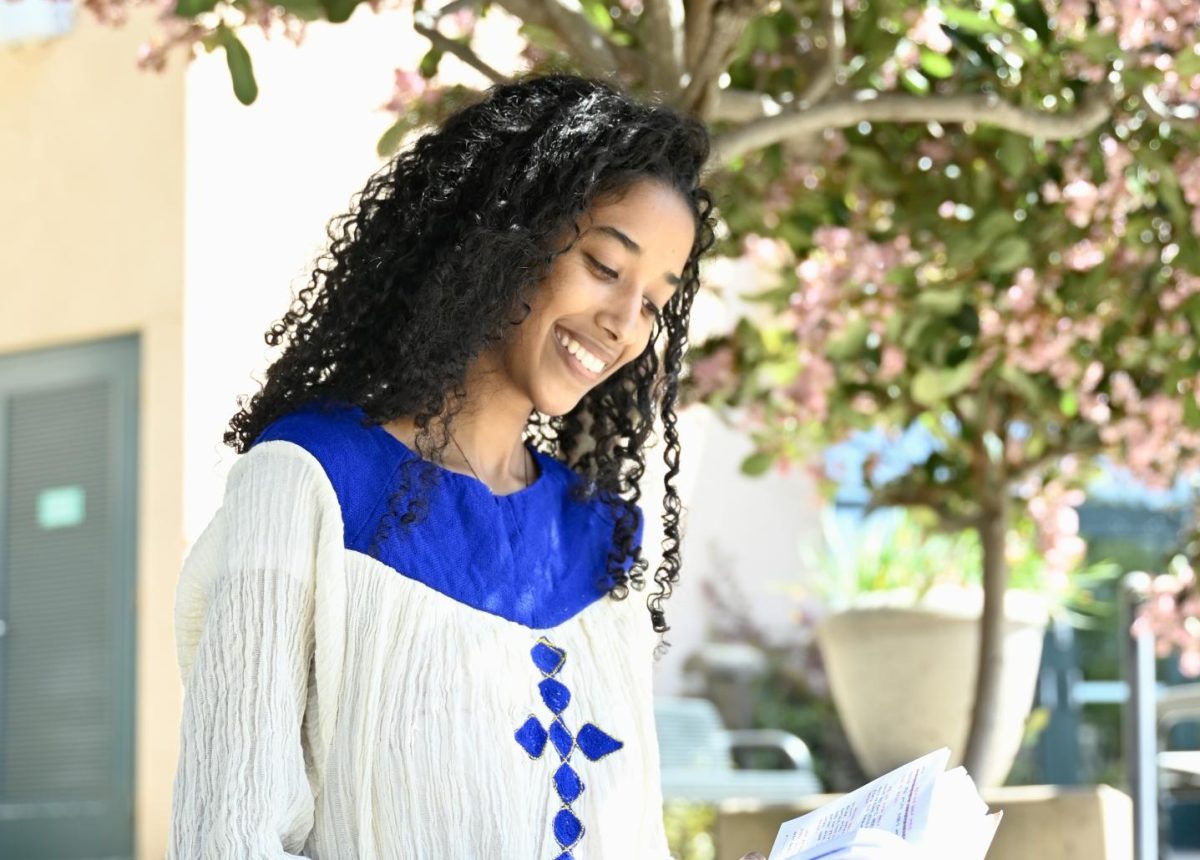
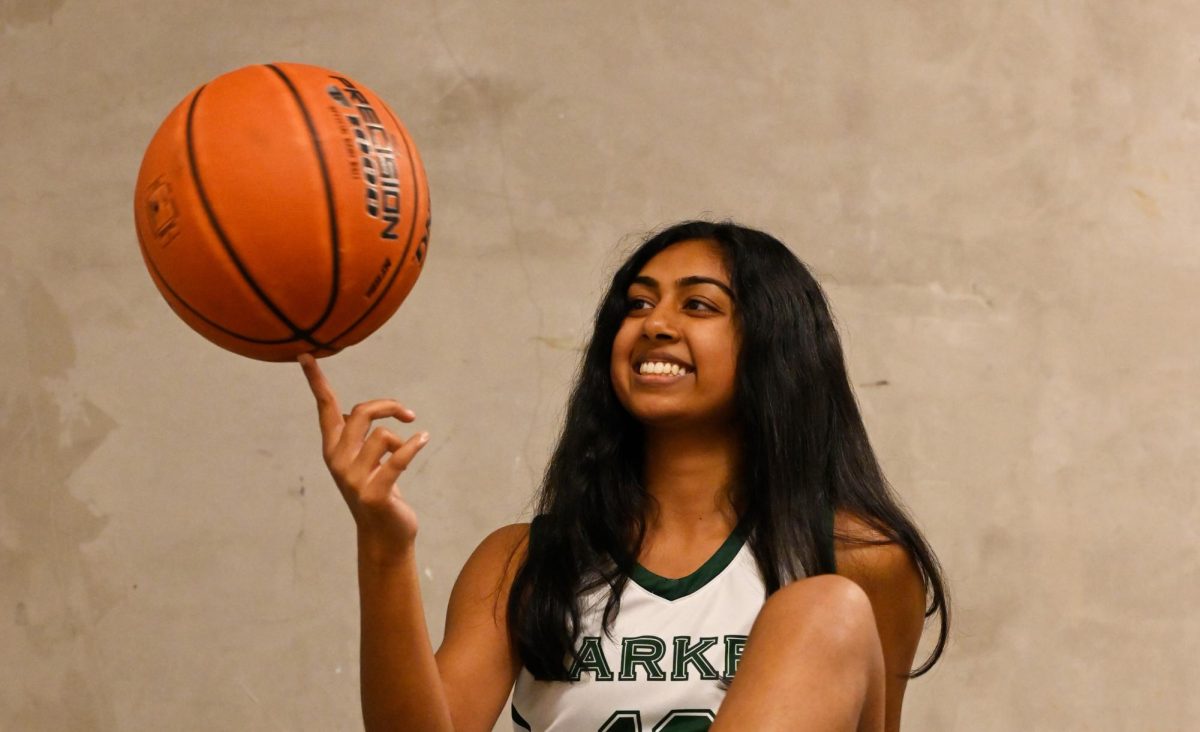










![“[Building nerf blasters] became this outlet of creativity for me that hasnt been matched by anything else. The process [of] making a build complete to your desire is such a painstakingly difficult process, but Ive had to learn from [the skills needed from] soldering to proper painting. Theres so many different options for everything, if you think about it, it exists. The best part is [that] if it doesnt exist, you can build it yourself, Ishaan Parate said.](https://harkeraquila.com/wp-content/uploads/2022/08/DSC_8149-900x604.jpg)


![“Animation just clicked in a way. I had been interested in art, but that felt different. [Animation] felt like it had something behind it, whereas previous things felt surface level. I wasnt making that crazy of things, but just the process of doing it was much more enjoyable, Carter Chadwick (22) said.](https://harkeraquila.com/wp-content/uploads/2022/08/Screen-Shot-2022-08-16-at-9.44.08-AM-900x598.png)


![“When I came into high school, I was ready to be a follower. But DECA was a game changer for me. It helped me overcome my fear of public speaking, and its played such a major role in who Ive become today. To be able to successfully lead a chapter of 150 students, an officer team and be one of the upperclassmen I once really admired is something Im [really] proud of,” Anvitha Tummala (21) said.](https://harkeraquila.com/wp-content/uploads/2021/07/Screen-Shot-2021-07-25-at-9.50.05-AM-900x594.png)



![“[Volleyball has] taught me how to fall correctly, and another thing it taught is that you don’t have to be the best at something to be good at it. If you just hit the ball in a smart way, then it still scores points and you’re good at it. You could be a background player and still make a much bigger impact on the team than you would think,” Anya Gert (’20) said.](https://harkeraquila.com/wp-content/uploads/2020/06/AnnaGert_JinTuan_HoHPhotoEdited-600x900.jpeg)

![“Im not nearly there yet, but [my confidence has] definitely been getting better since I was pretty shy and timid coming into Harker my freshman year. I know that theres a lot of people that are really confident in what they do, and I really admire them. Everyones so driven and that has really pushed me to kind of try to find my own place in high school and be more confident,” Alyssa Huang (’20) said.](https://harkeraquila.com/wp-content/uploads/2020/06/AlyssaHuang_EmilyChen_HoHPhoto-900x749.jpeg)













![“My slogan is ‘slow feet, don’t eat, and I’m hungry.’ You need to run fast to get where you are–you arent going to get those championships if you arent fast,” Angel Cervantes (12) said. “I want to do well in school on my tests and in track and win championships for my team. I live by that, [and] I can do that anywhere: in the classroom or on the field.”](https://harkeraquila.com/wp-content/uploads/2018/06/DSC5146-900x601.jpg)

![“I think getting up in the morning and having a sense of purpose [is exciting]. I think without a certain amount of drive, life is kind of obsolete and mundane, and I think having that every single day is what makes each day unique and kind of makes life exciting,” Neymika Jain (12) said.](https://harkeraquila.com/wp-content/uploads/2017/06/Screen-Shot-2017-06-03-at-4.54.16-PM.png)





